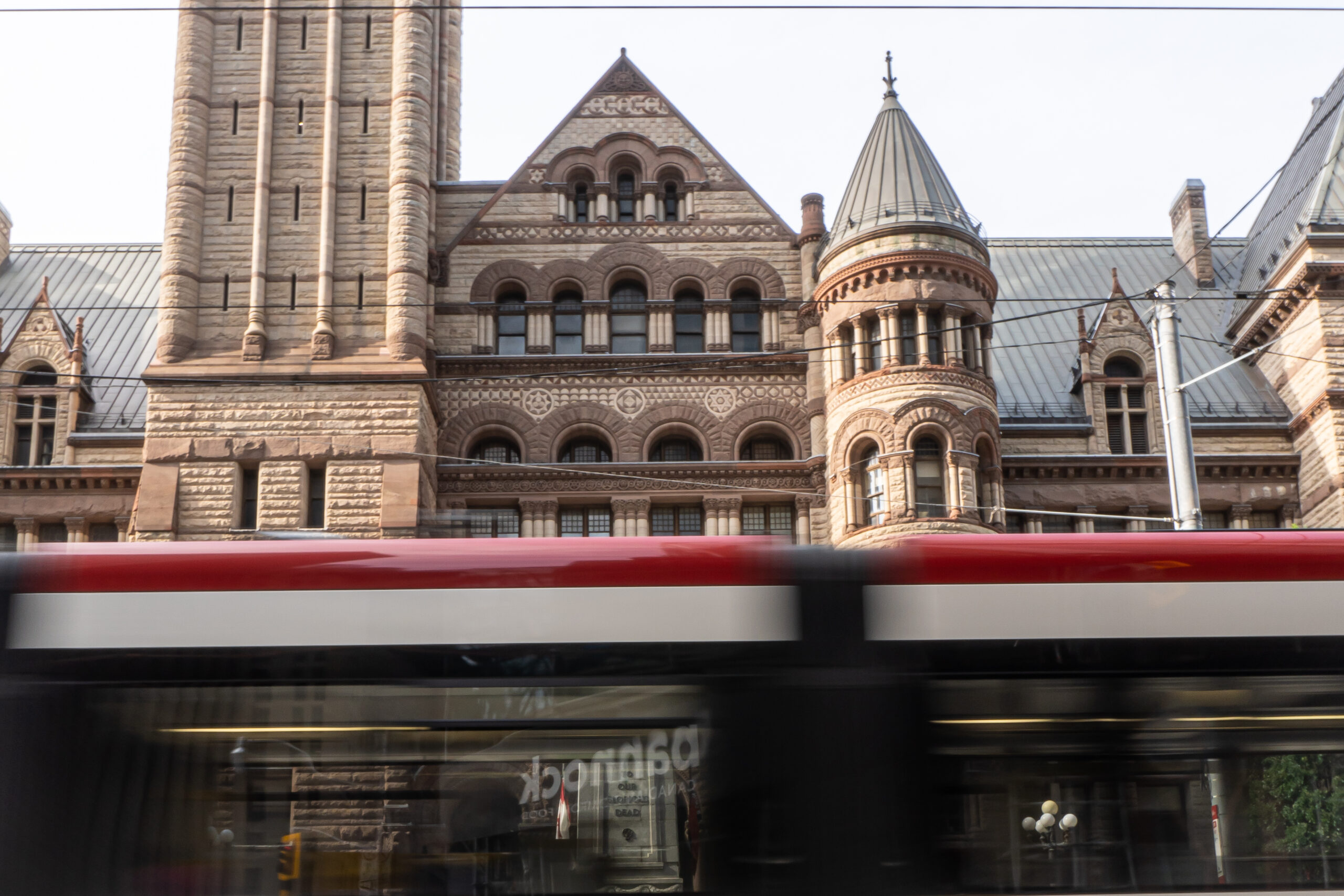Fare hikes and services cuts will be the consequences of TTC’s budget plan
The TTC’s 10 cent fare increase and service level decrease is a horror for commuters.
The TTC’s 2023 Operating Budget totals $2.38 billion in gross expenditures for both conventional and Wheel-Trans services, representing a 4.2 per cent increase in comparison to the 2022 budget. Some of the things the 2023 budget plan is being dedicated to include: an increase in hiring staff, particularly “Streets to Homes outreach workers, adding 25 new Transit Special Constable positions and filling 25 vacant positions;” enhanced daily streetcar cleaning routines; $4 million towards “safety, security and cleanliness;” nearly $3 million in accessibility investments; and a dedication towards Line 5 Eglington Crosstown and Line 6 Finch West, in addition to a bus replacement of Line 3 Scarborough RT—investing nearly $43 million in service expansions and enhancements.
With such proposed investments, however, the TTC is also preparing for an increase in fares and a decrease in service levels, reducing the frequency of rides along the way. Subway trains alone, for example, will sit at 75 per cent service levels, in comparison to 90 per cent this past November. A 10 cent increase for adult and youth passengers is also set to take place this spring.
The main concern for commuters is the uncertainty of these improvements, and the certainty that costs and service rates will be altered, raising affordability issues due to inflation, especially for students.
The unpredictability of the TTC is nothing new; however, the budget plan is proposing that, in return for an even lower guarantee of a steady commute to classes, for example, students are expected to pay higher fares.
With 2023 being the first academic year completely returning to in-person learning, the new TTC plan puts commuters and students at a stressful disadvantage. It seems that these measures are being put in place to assist in the TTC’s post-pandemic recovery—however, their plan is off-putting for many commuters.
What I’m hearing is that there will be longer wait times for transportation, a significant reduction in service rates, and an increase in cost, making it a lot more difficult to plan for a commute to school.
On top of this, we only recently came out of the pandemic, and now have to re-adjust to certain pre-pandemic routines all over again. But this time, we have to make these modifications with the incorporation of new safety measures resulting from the pandemic. Commuter students are given no choice but to wait and hope the TTC turns out to be as reliable and accessible as it is promising to be, without a clear structure on how they can plan their commute to school under these new conditions.
Not to mention that riders are now expected to spend more money on transportation—an already worrisome subject for many, if not all, students—only to potentially spend more time commuting, which is another topic of concern for students.
In introducing the budget plan, the TTC shows good intent for their planned improvements. However, for these improvements to take place, there are weeks and months of preparation and renovation required, which depend too heavily on riders’ patience and wishful thinking. For the long-term goal to be achieved, there are several inconveniences and temporary disadvantages that students who commute to school must face, along with all other TTC riders.
While the emphasis on the budget plan is to recover from the impacts of Covid-19, as well as prioritize significant improvements towards the overall quality of the transportation, it makes sense that an increase in revenue is required. However, the difficulties in planning and affordability for students to make it to class or work do not seem to be topics of the same importance.

